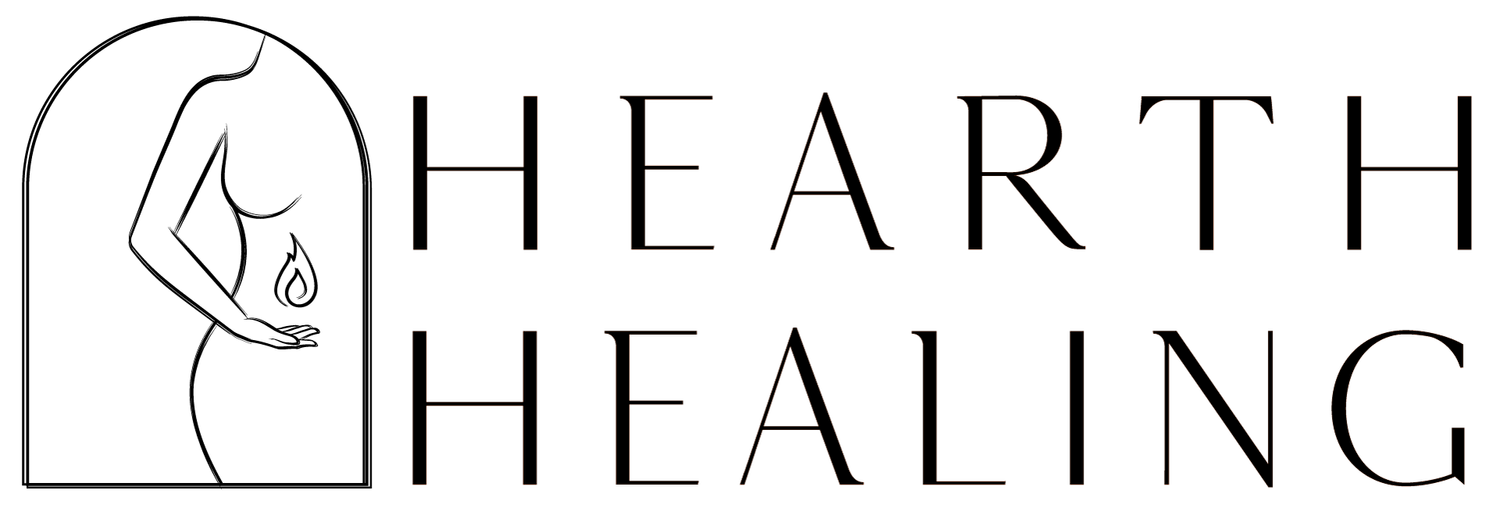Managing Common Bladder Issues
So many types of bladder dysfunction can present during pregnancy, postpartum, or perimenopause. They can present in isolation or in combination. First and foremost, a pelvic floor physical therapist (or pelvic health consultant) should always be your first stop manage and resolve these issues. These specialists are uniquely qualified to get to the root of the problem and help you develop an individualized and sustainable treatment plan. However, after successfully treating hundreds of people with bladder issues, I’m happy to share some generalized strategies. Again, there is no “one size fits all” approach to treating pelvic floor issues.
I attribute bladder health to three pillars.
Biomechanics
Hydration and nutrition
Mindfulness
1: Biomechanics
This refers to how our muscles work together and how we manage pressure in our bodies. This relies on the pelvic floor, core, all the muscles that attach to the pelvis, breath, posture, and movement patterns. All of these systems are drastically impacted by the transformation of pregnancy. The uterus grows up to 500 times it’s size, applying immense pressure to the bladder. The alignment of the spine changes to accommodate the growing uterus, and therefore muscle imbalances develop. The muscles of the abdominal wall and pelvic floor are stretched dramatically, making them less responsive to pressure changes. And significant hormonal adaptations change the laxity in our system. Prior injuries or imbalances may vie exacerbated during this time. Though there are commonalities across pregnant bodies, how pregnancy impacts your body is unique to you. This is why we can’t give generic advice without an individualized evaluation.
2: Hydration and nutrition
This applies to every single type of bladder dysfunction. I get that drinking more water when you are worried about frequency, not always being close to a bathroom, or leakage, is a scary ask. I know it is counterintuitive, but hear me out. If we are chronically dehydrated, then we are always passing concentrated urine through the bladder. This is super irritating to the bladder lining, and creates more urgency at lower filling volumes. In turn, we experience more urgency and frequency, and thus more holding of the pelvic floor, which actually leads to more leakage. The goal for optimal hydration should be 1/2 your body weight in ounces of clean water every day. That’s for a sedentary person at sea level. So if you live at elevation or sweat, you need even more.
There are also many foods that irritate the bladder, but every bladder irritant is not everyone’s bladder irritant. Paying close attention to how foods and beverages impact your bladder health is the only way to find out which ones apply to you. I am not about taking away the things people love, but helping them understand how things impact their unique systems, so they are making educated choices (even if the choice is to eat the bladder irritant!)
Some common ones are:
Dairy
Sugar
Artificial Sweeteners
Caffeine
Carbonation
3: Mindfulness
Poor bladder habits are often learned, which means they can be unlearned! But much of what we do to protect ourselves against leakage unfortunately perpetuates more leakage, and it is mostly subconscious. So we have to bring awareness to our habits and self talk. For example. when we feel urgency, this activates the sympathetic nervous system, fight or flight. When we are in fight or flight we don’t need good control of our bowel and bladder, we need to shunt all of our blood to our big mover muscles and SURVIVE! This is why we often run to the bathroom and leak on the way. If instead we notice the sensation in our body, take deep breaths, engage the pelvic floor a few times, and calmly go to the bathroom, we teach our body 2 things. 1) We believe and trust the messages coming from our brain to our body and we will respond. 2) We trust that we can make it to the bathroom with control. This will then re-educate our systems and reduce tension.
So here are a few specific tips for a few common types of bladder dysfunction!
Frequency
Avoid going “just in case” all the time (sometimes its necessary like before a flight tor concert)
Only go when you really need to go - check in and practice mindfulness
Take slow, deep breaths at the onset of urgency
Perform a few pelvic floor contractions (kegels)
If none of these strategies quell the urge to pee, then go calmly to the bathroom
Urge urinary incontinence
To take back control, you have to activate your parasympathetic nervous system - “rest and digest”
Take deep breaths at the onset of urgency
Talk to your bladder! Tell it you will go to the bathroom but go calmly. Tell it to “be cool” in your own words
Count backwards in your head, or do some math
Perform some kegels
CALMLY go to the bathroom
Stress urinary incontinence
Kegel before you cough or sneeze
Focus exercise on working through full range of motion of your pelvic floor (inhale and relax fully, exhale and Kegel slowly as you load the system)
Progressive overload of the pelvic floor, working up to against gravity movement and jumping
Try leaning forward when running or jumping to stack your torso over your pelvis
Insensible leakage
Practice a void schedule, every 2 hours
Focus exercise on working through full range of motion of your pelvic floor (inhale and relax fully, exhale and Kegel slowly) to improve awareness in this area
Incomplete voiding
Practice an open mouth exhale as you urinate to keep the pelvic floor relaxed
Finish urinating, lift the bladder through your abdominal wall (finger tips pull up on the skin just above pubic bones) as you lean forward, then sit down and try to complete the void
WANT MORE?
BOOK A CONSULT!
